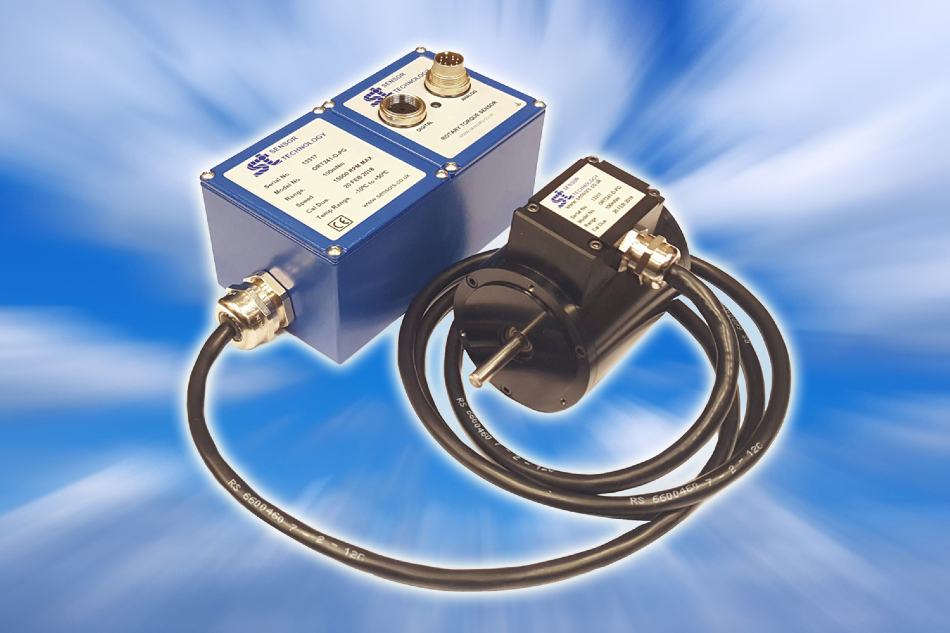Saelig Company, Inc. has introduced the TorqSense ORT 230/240 Low Torque Sensor, which offers precise dynamic measurement of rotary and static torque from 10 mNm to 100 Nm for signal bandwidths up to 50 kHz.

The new TorqSense ORT 230/240 torque sensors replace the previous TorqSense E200 ORT series and feature all-new electronics with significant performance gains in resolution, frequency response, reduced sensor current consumption, and faster digital data throughput. The absence of brush gear and fixed electronics allows high-speed operation with a continuous rating up to 30,000 rpm standard.
The ORT 230/240 Optical Rotary Torque Transducers precisely measure bi-directional rotary or static torque and can also be fitted with speed sensors for monitoring dynamic applications, enabling direct measurements of transmitted power. The ORT transducers require no external instrumentation and have their own built-in test capability.
Their compact size makes them ideal for use in applications where there is little space for extra equipment. Analog voltage outputs are standard, with current outputs available as an option. TorqView software, provided free, allows the ORT 240 series to be connected to a PC via USB (optional) or RS 232 so that configurations can be changed, and to display torque, speed, and power.
The technology behind the Optical ORT 230/240 Series Torque Transducers is based on an extensively proven measurement principle whereby two discs with segmented gratings are positioned on a shaft such that the opaque sectors on one disc partially obscure the clear sectors on the other. Light passes through the sectors and is detected by photovoltaic detectors.
The intensity of light beams, which is constantly monitored, is modulated by the applied torque and produces an electrical output that is used to provide a precise indication of the torque transmitted by the shaft. The light intensity is automatically controlled within the transducer body by a monitor cell. The ORT series transducers can sense both polarity output signals: clockwise torque along the transducer shaft axis produces a positive polarity output signal, while counterclockwise torque produces a negative polarity output signal.
If an optical rotary speed sensor is fitted, a light beam is interrupted by the rotation of a disc with alternate opaque and translucent segments that is attached to the shaft. The thermal characteristics of the steel shaft are compensated for by having an internal temperature sensor monitoring the shaft temperature at all times. This information is then used to correct the modulus of the steel.
Engineering trends require ever more compact systems, more accurate measurements, and finer resolution of data, increasingly sophisticated information displays, and higher operating speeds. This new ORT generation of optical rotary torque sensors is designed for applications where precise, dynamic measurement of rotary and static torque in the range of 10 mNm to 100 Nm, with high resolution so that even ultra-short torque peaks and troughs can be recorded. Typical applications include profiling the acceleration and deceleration of high speed motors, controlling micro systems and miniature machinery, collecting data from repetitive scientific experiments, and testing industrial machinery to destruction.
The ORT 230/240 Series Torque Transducers are made by Sensor Technology Ltd., Europe's premier torque transducer supplier, and is available from their USA distributor Saelig Company, Inc. Fairport, NY.